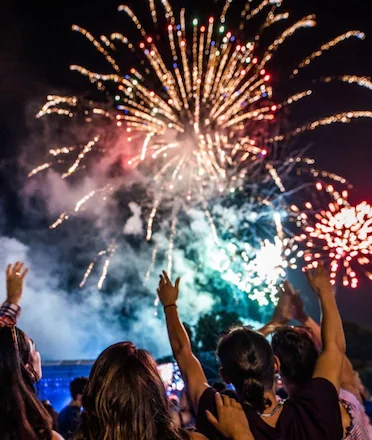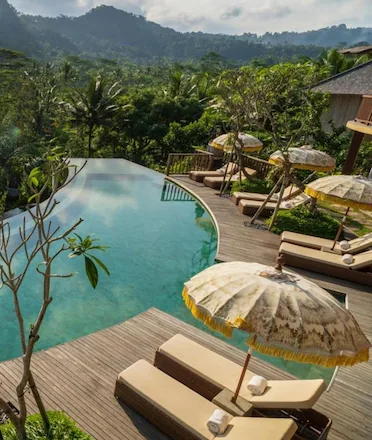Nestled along Bali’s picturesque northern coastline in Buleleng Regency, Pura Pulaki stands as a spiritual sanctuary steeped in rich history, cultural heritage, and stunning natural beauty. This revered temple is one of the island’s most prominent segara (sea) temples, forming a protective spiritual chain around Bali. From its mythological origins to its majestic cliffside location, Pura Pulaki is a must-visit destination for both cultural travelers and spiritual seekers.
This revered temple is one of the island’s most prominent segara (sea) temples, forming a protective spiritual chain around Bali.
High Priest's Spiritual Legacy
Pura Pulaki’s origins are deeply tied to the legendary 16th-century Hindu high priest Dang Hyang Nirartha, a central figure in the spread of Hinduism throughout Bali. According to local lore, Nirartha journeyed from Blambangan in East Java to Gelgel, Bali, during the reign of Dalem Waturenggong (1460–1550 AD). During this pilgrimage, his wife and children paused to rest in the Pulaki area while he continued onward.
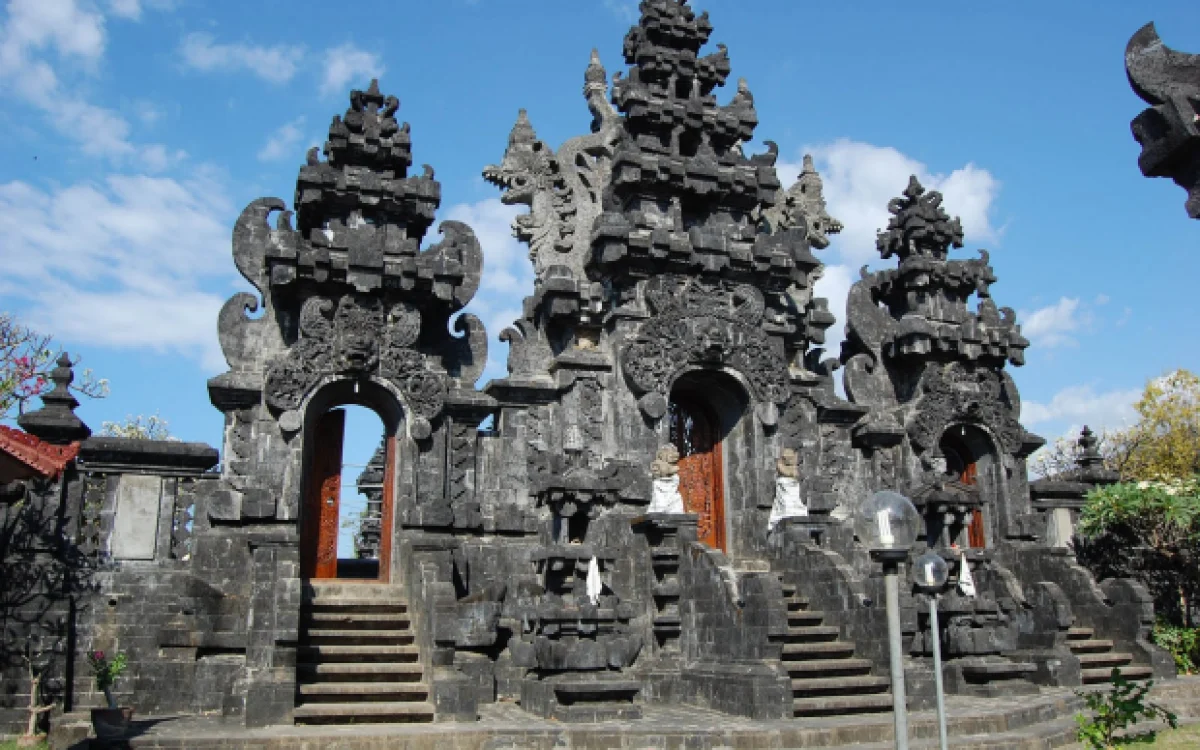
As time passed and Nirartha did not return, his wife prayed for eternal patience and immortality for herself and the villagers. The gods granted her wish—with the mystical condition that they become invisible to human eyes. A bolt of lightning struck, and they vanished, becoming “wong gamang” or spirit beings. The site of their transcendence became sacred, and thus Pura Pulaki was born.
Ancient Temple Etched in History
Though tied to Nirartha, archaeological discoveries suggest that Pura Pulaki’s sacred status dates back even further. In 1987, researchers uncovered prehistoric stone tools, such as axes and small implements, near the neighboring Pura Melanting. These findings indicate that the area was inhabited by early humans and may have been a center for spiritual rituals long before recorded history.
Moreover, the temple’s strategic coastal location in Teluk Pulaki, abundant with fresh water sources, supports the theory that it was once a vital stop for maritime traders. Historical records even mention Pulaki in the context of the Majapahit invasion of Bali in 1343 AD and the later development of Vaishnavism in the region around 1380 AD.
A Complex with Deep Symbolism
Pura Pulaki is not a standalone structure but part of a larger spiritual complex that includes Pura Melanting, Pura Pabean, Pura Kertha Kawat, and Pura Pemuteran. Each of these temples serves a distinct purpose, forming a sacred network that caters to various aspects of Balinese Hindu devotion, from ancestral worship to trade blessings.
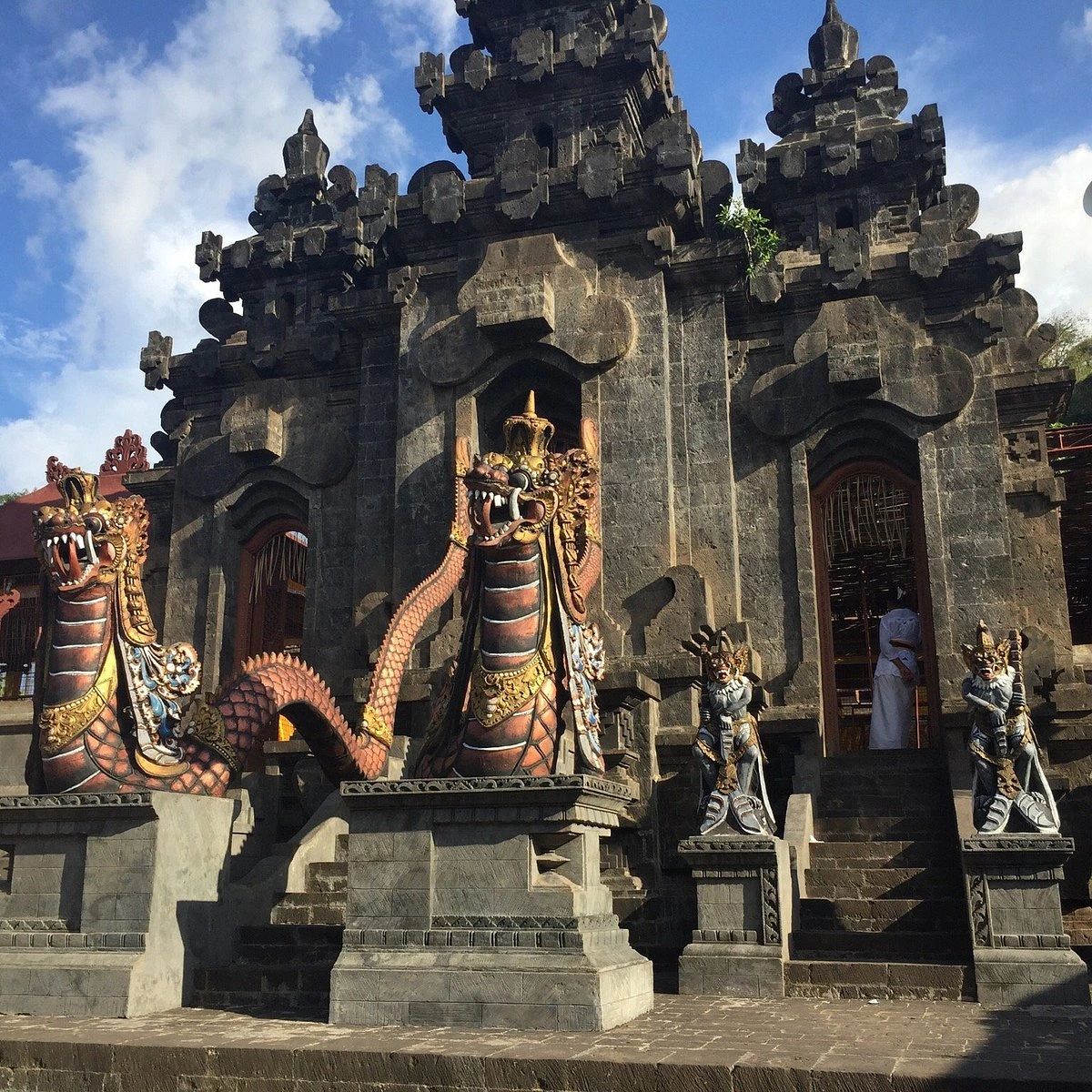
The temple layout itself adheres to traditional Balinese cosmology, divided into three main courtyards—each representing a different spiritual level, with the innermost section being the holiest.
Nature, Monkeys, and the Sacred
One of Pura Pulaki’s most fascinating features is its resident troop of long-tailed macaques (Macaca fascicularis). These monkeys are not just local wildlife but are revered as guardians of the temple, believed to be connected to the spiritual presence established by Dang Hyang Nirartha’s followers. Visitors can often see the macaques roaming freely around the temple grounds, adding a unique blend of natural and mystical ambiance.
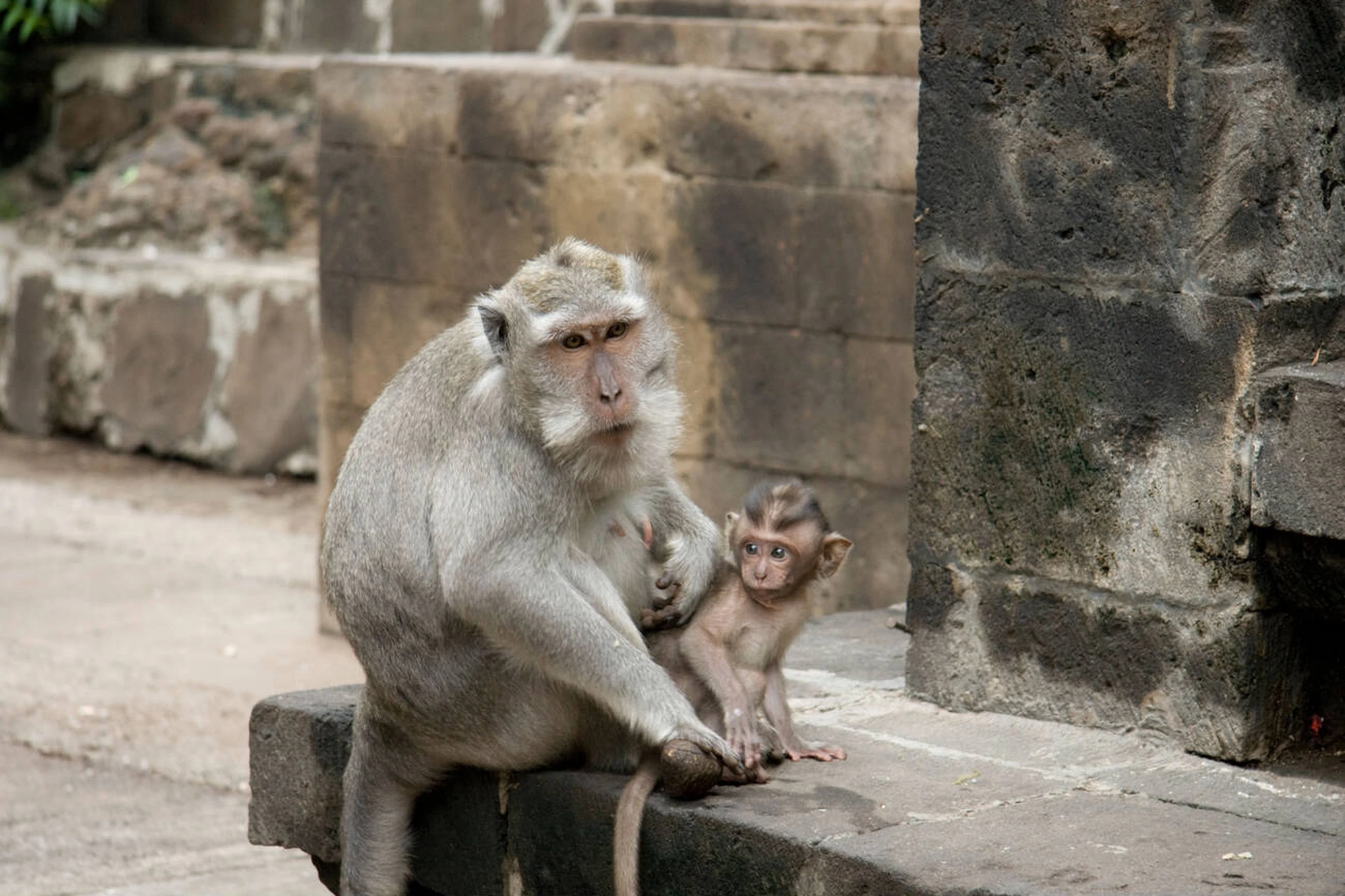
While charming, the monkeys can be mischievous, so visitors are advised to secure loose belongings and avoid feeding them. Temple staff are present to ensure a safe experience.
Architectural And Panoramic Highlights
Though parts of Pura Pulaki have been renovated—especially after a major restoration in 1984—the temple still maintains its traditional Balinese architecture. The entrance gate, built from black volcanic rock in 1983, greets visitors with elaborate carvings and spiritual symbolism. The interior shrines and pavilions, though modernized, remain devoted to the sacred functions of worship.
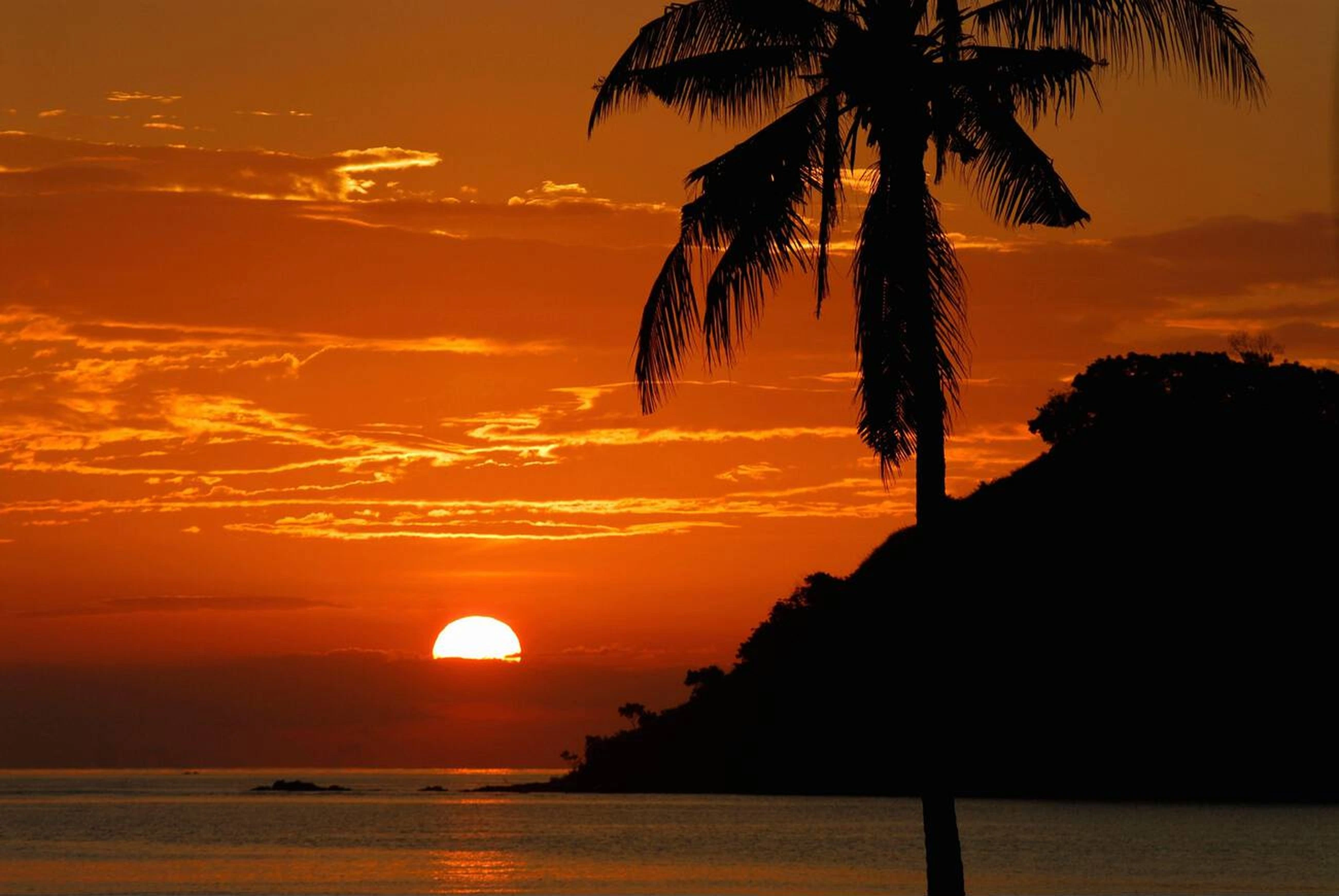
Perhaps one of the most awe-inspiring aspects of a visit to Pura Pulaki is the panoramic view of the Java Sea. Situated on a rocky cliff with the ocean in the backdrop and dense hills behind it, the temple offers spectacular photo opportunities, particularly at sunset. A winding path leads adventurous visitors to higher vantage points, perfect for reflection or capturing Bali’s raw beauty.



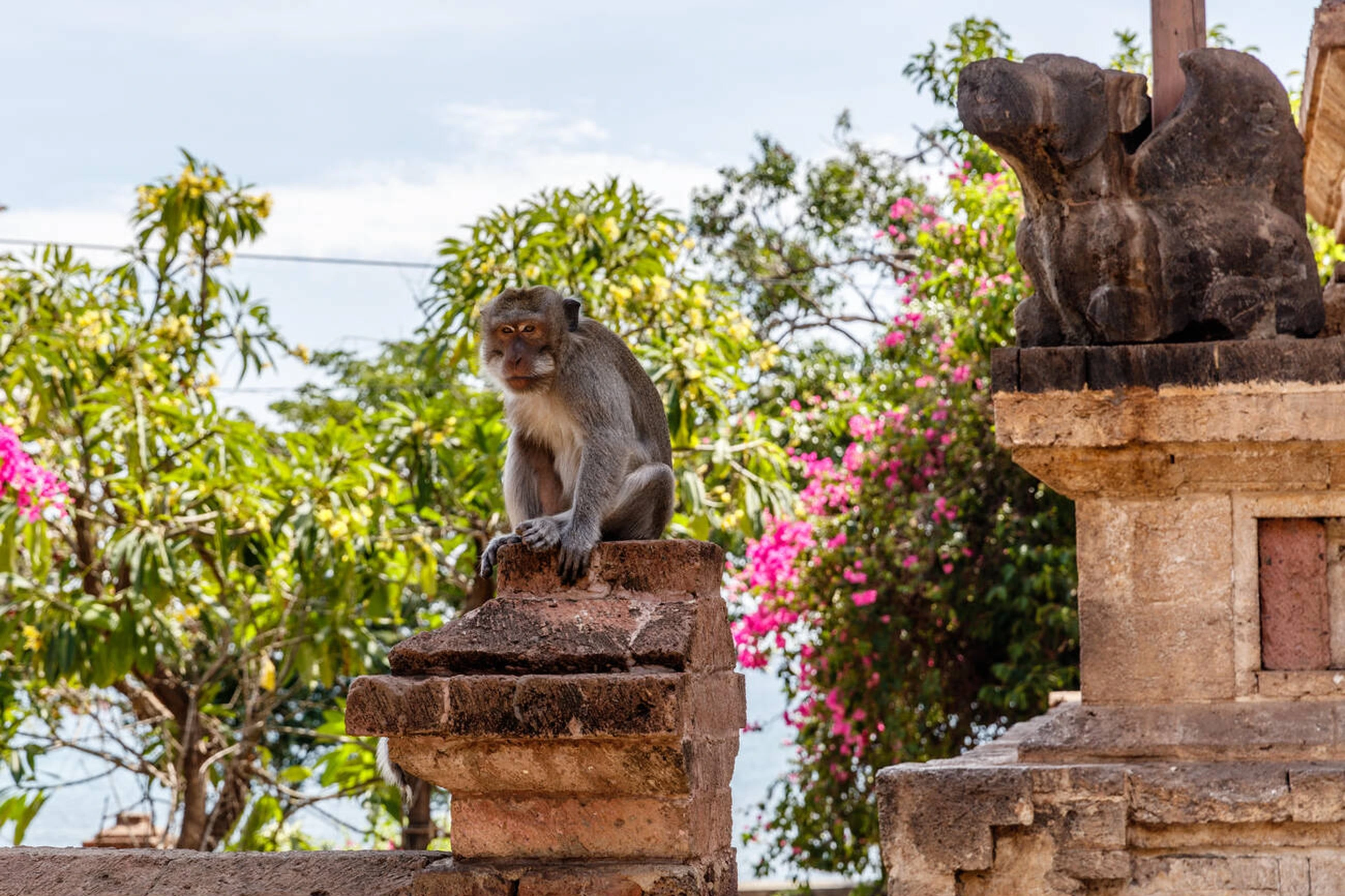
 Billy Bagus
Billy Bagus
 Dec 19, 2025
Dec 19, 2025
